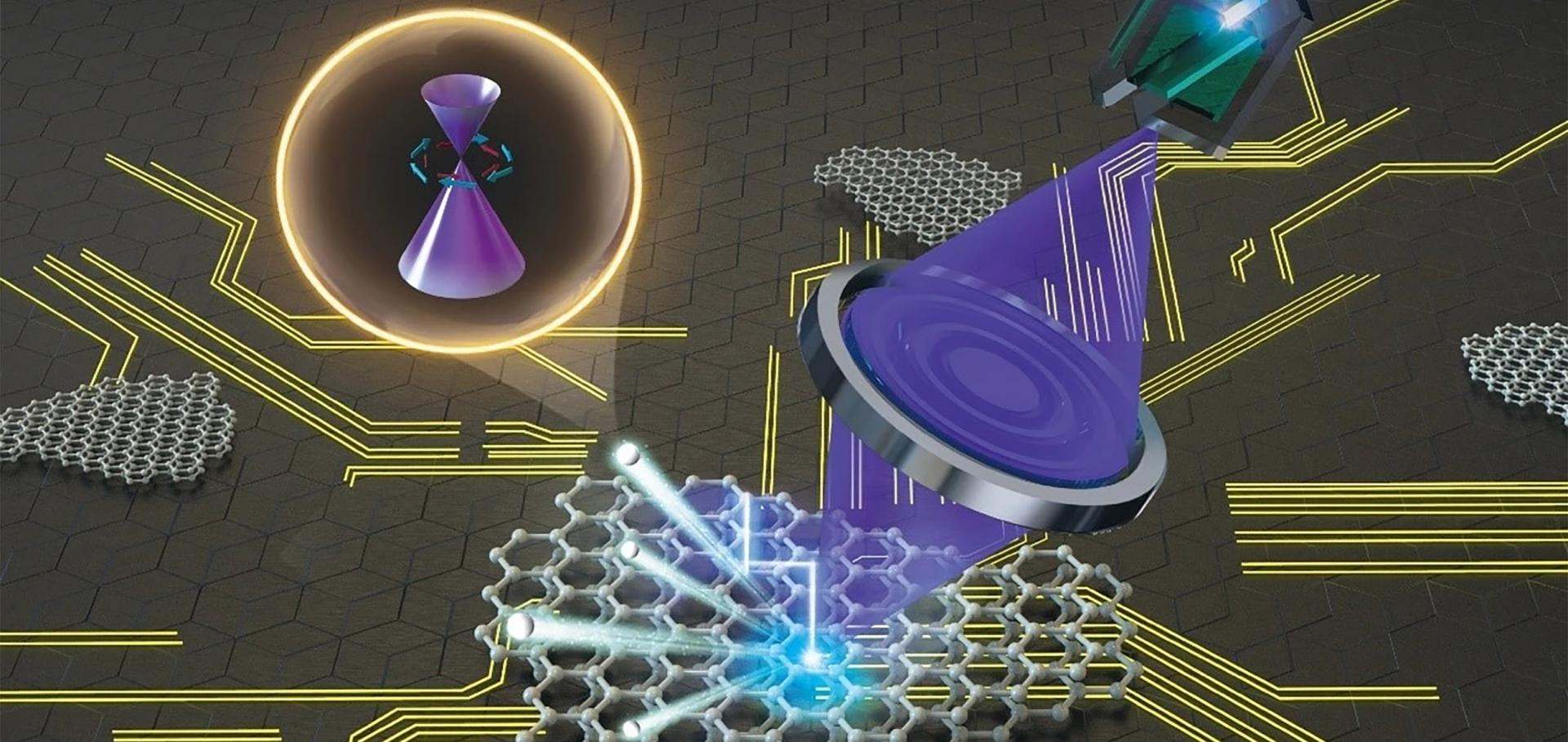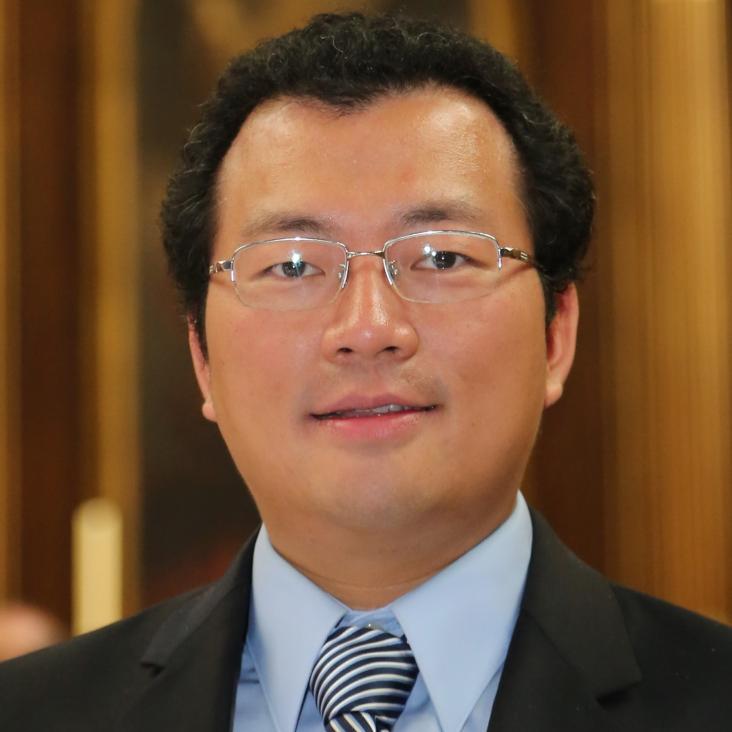Dirac line nodes and effect of spin-orbit coupling in the nonsymmorphic critical semimetals MSiS(M=Hf,Zr)
Physical Review B American Physical Society (APS) 95:12 (2017) 125126
Signature of type-II Weyl semimetal phase in MoTe2
Nature Communications Springer Nature 8:1 (2017) 13973
Distinct Electronic Structure for the Extreme Magnetoresistance in YSb
Physical Review Letters American Physical Society (APS) 117:26 (2016) 267201
Topological insulators: Engineered heterostructures
Nature Materials Nature Publishing Group 16:1 (2016) 3-4
Abstract:
The combination of topological properties and magnetic order can lead to new quantum states and exotic physical phenomena. In particular, the coupling between topological insulators and antiferromagnets enables magnetic and electronic structural engineering.Evidence of Both Surface and Bulk Dirac Bands and Anisotropic Nonsaturating Magnetoresistance in ZrSiS
Advanced Electronic Materials Wiley 2:10 (2016)


